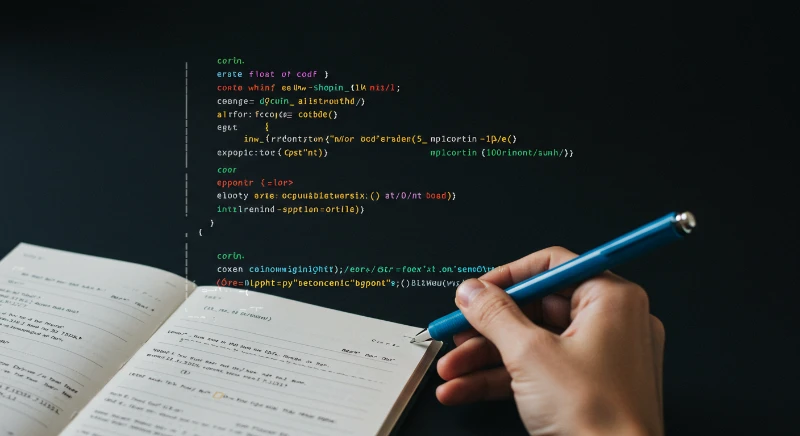PowerShell is a powerful tool that helps you automate many tasks on your computer. If you're learning PowerShell, you might come across situations where you need to pause in PowerShell. Pausing is helpful if you want to stop for a moment to see the results, wait for user input, or give your script a break.
Why Would You Need to Pause?
Let's quickly discuss why you'd need to do this. Here are some common reasons:
- Waiting for User Input: Sometimes you want the user to type something, like their name or a number. A pause in PowerShell script will let the script wait until the user enters that information.
- Debugging: When you're trying to find errors in your script, it's useful to pause PowerShell script and see what happens at each step.
- Adding Delays: You may want your script to wait for a few seconds before moving on. This could be useful if you're running tasks that need a bit of time to complete.
Now that you know why pauses can be useful, let’s look at how to do it.
Using Read-Host to Pause for User Input
The easiest way to pause a PowerShell script is to ask the user to press a key or type something. For this, you can use the Read-Host command. This command waits until the user enters something, making it a great way to pause.
Read-Host -Prompt "Press Enter to continue..."The Read-Host command displays a message, like "Press Enter to continue...". It pauses PowerShell until the user presses Enter. This method is great for situations where you need the user to read something on the screen before moving on.
Using Start-Sleep to Add Delays
Another way to pause in PowerShell is by adding a timed delay. This is done using the Start-Sleep command. You can make the script wait for a few seconds, minutes, or even milliseconds before continuing.
Start-Sleep -Seconds 5
Start-Sleep -Milliseconds 500The Start-Sleep command tells the script to wait in PowerShell for a specific amount of time.
- In the first example, the script pauses for 5 seconds.
- In the second example, the script pauses for 500 milliseconds (which is half a second).
If you need to pause PowerShell for input or pause for a certain amount of time, Start-Sleep is the command to use. This method is useful when you need a short delay, for example, to let a program start up before the next command runs.
Using Pause Command
There’s also a Pause command that works well if you're running PowerShell scripts in a Windows Command Prompt environment. This command will display a message like "Press any key to continue . . ." and will wait for the user to press a key.
PauseThe Pause command is simple: it pauses in PowerShell and waits for the user to press any key. This is mostly used when running PowerShell scripts from the command line.
Note: The Pause command may not work directly in the PowerShell console, but it works well when running .ps1 scripts in a Command Prompt window.
Using Read-Host for Conditional Continuation
Another useful way to pause your PowerShell script is to let the user decide whether to continue or not. This can be done using Read-Host to get input from the user.
$continue = Read-Host -Prompt "Do you want to continue? [y/n]"
if ($continue -eq 'y') {
Write-Output "Continuing..."
} else {
Write-Output "Exiting script."
exit
}In this example:
- The script asks the user if they want to continue by displaying "Do you want to continue? \[y/n\]".
- If the user types 'y', the script continues. Otherwise, it exits.
This method is great for giving users control over whether to proceed with the script, similar to using a pause command for user decision-making.
Combining Read-Host and Start-Sleep
You can also combine different methods to make your script more interactive. For example, you could use Read-Host to pause PowerShell for input and then Start-Sleep to add a delay afterward.
Read-Host -Prompt "Press Enter to start the timer..."
Start-Sleep -Seconds 10
Write-Output "10 seconds have passed!"In this example, the script waits for the user to press Enter, then pauses in PowerShell for 10 seconds before printing a message.
Summary
Pausing your PowerShell script can be very useful for making your scripts more interactive or giving processes time to complete. Here’s a quick recap of what we learned:
- Use
Read-Hostto pause PowerShell and wait for user input. - Use
Start-Sleepto pause PowerShell with a timed delay, either in seconds or milliseconds. - Use
Pauseif you're running your script in a Command Prompt. - Use
Read-Hostwith conditions to let the user decide whether to continue.
These are simple tools, but they make a big difference in how your PowerShell scripts run. Try them out to make your scripts more user-friendly and effective.





Comments (0)
Sign in to comment
Report